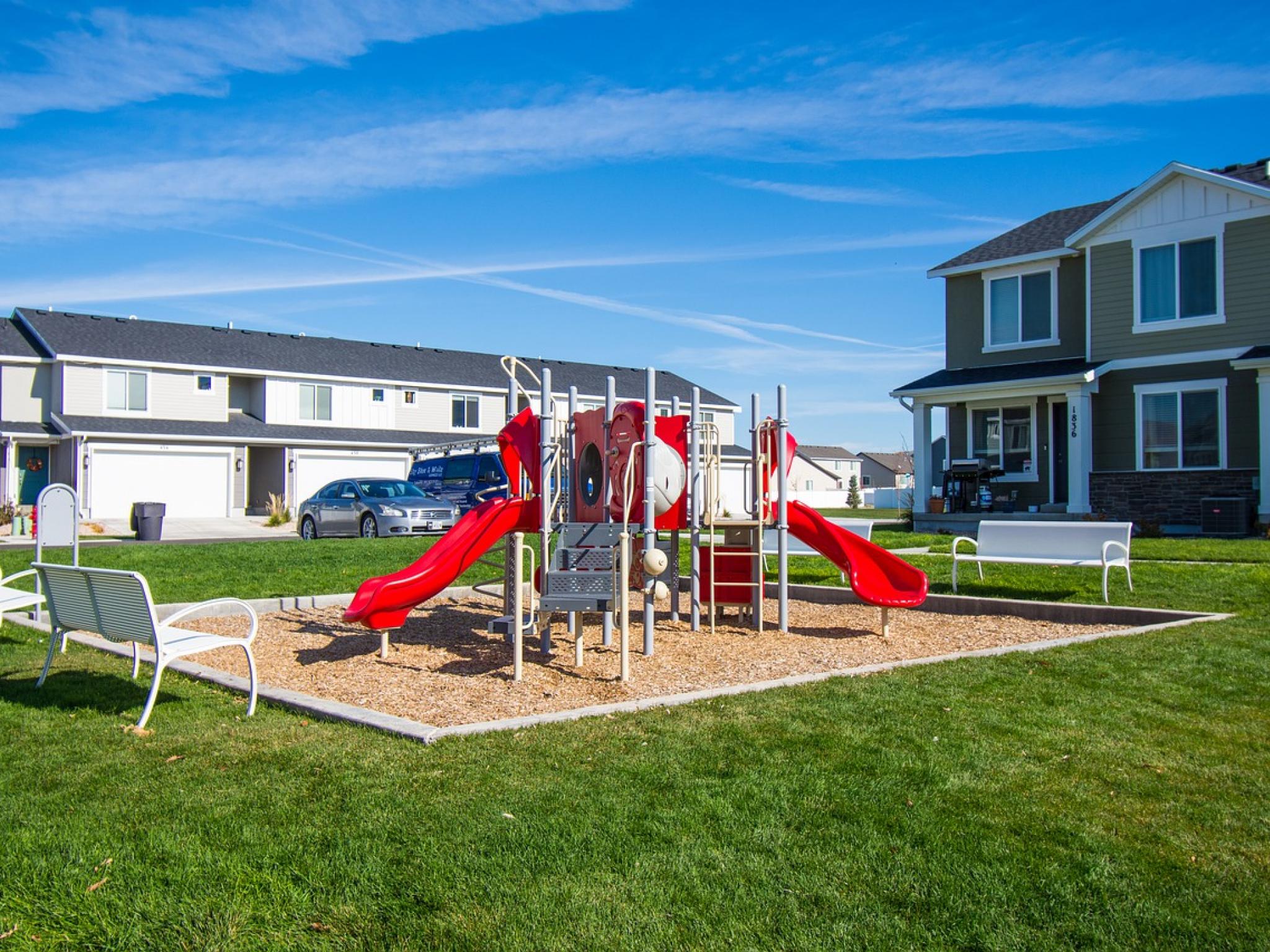
Home values are accelerating at a greater speed in communities with the highest percentage of children younger than 18, according to a new data report from Zillow Group Inc (NASDAQ:Z) (NASDAQ:ZG).
What Happened: In an analysis of 421 counties representing 71% of the U.S. population, Zillow determined that the top 10% of ZIP codes with the largest share of kids in each county recorded an average of 21.3% growth between October 2020 and October 2021. In comparison, the rate of growth in ZIP codes with the smallest share of kids was only 17.6% during the same period.
This is not a trend unique to the pandemic era. Zillow highlighted family-friendly neighborhoods began to record faster growth in home values in 2013, the year the oldest millennials turned 32, the median age of first-time homebuyers.
"As millennials go, so goes the housing market, and we are seeing now, as millennials age, that they are looking for homes that fit the needs of growing families," said Zillow economist Nicole Bachaud. "Millennial demand has helped push up home prices in areas with the most children. Competition for homes in these family-friendly areas should intensify in the coming years as more millennials reach the key age of 32, adding to the affordability squeeze."
There were some geographical exceptions to this trend, most notably in vacation destination markets with a higher-than-normal percentage of second homes.
Related Link: Will 50% Of US Homes Be Bought With Cryptocurrency? Ryan Serhant Weighs In
What Else Happened: More homebuyers are seeking out mortgages. The Mortgage Bankers Association’s (MBA) Market Composite Index, which measures home loan application volume, jumped by 12% for the week ending Jan. 28 compared to one week earlier. The MBA’s seasonally adjusted Purchase Index was up by 4% from one week earlier and the unadjusted index was up by 12% from the previous week, but was 7% lower than the same week one year ago.
The MBA added that its Refinance Index increased 18% from the previous week, although it was also 50% lower on a year-over-year measurement. The refinance share of mortgage activity increased to 57.3% of total applications from 55.8% one week earlier.
"Purchase applications also increased in the final full week of January but remained 7% lower than a year ago," said Joel Kan, MBA’s associate vice president of economic and industry forecasting. "The average purchase loan size hit a new survey high once again at $441,100. Stubbornly low inventory levels and swift home-price growth continue to push average loan sizes higher."
Separately, Federal Home Loan Mortgage Corp (OTC:FMCC) reported the average 30-year-fixed rate mortgage was 3.55% for the week ending Feb. 3, unchanged from last week and relatively flat for the third consecutive week.
“This stagnation reflects the economic impact of the omicron variant of COVID-19, which we believe will subside in the coming months,” said Sam Khater, Freddie Mac’s chief economist.
“As economic recovery continues going into the spring and summer, mortgage rates are expected to resume their upward trajectory. In the meantime, recent data suggests that homebuyer demand continues to be elevated as supply remains low, driving higher home prices.”
Photo: Michael Gault / Pixabay







